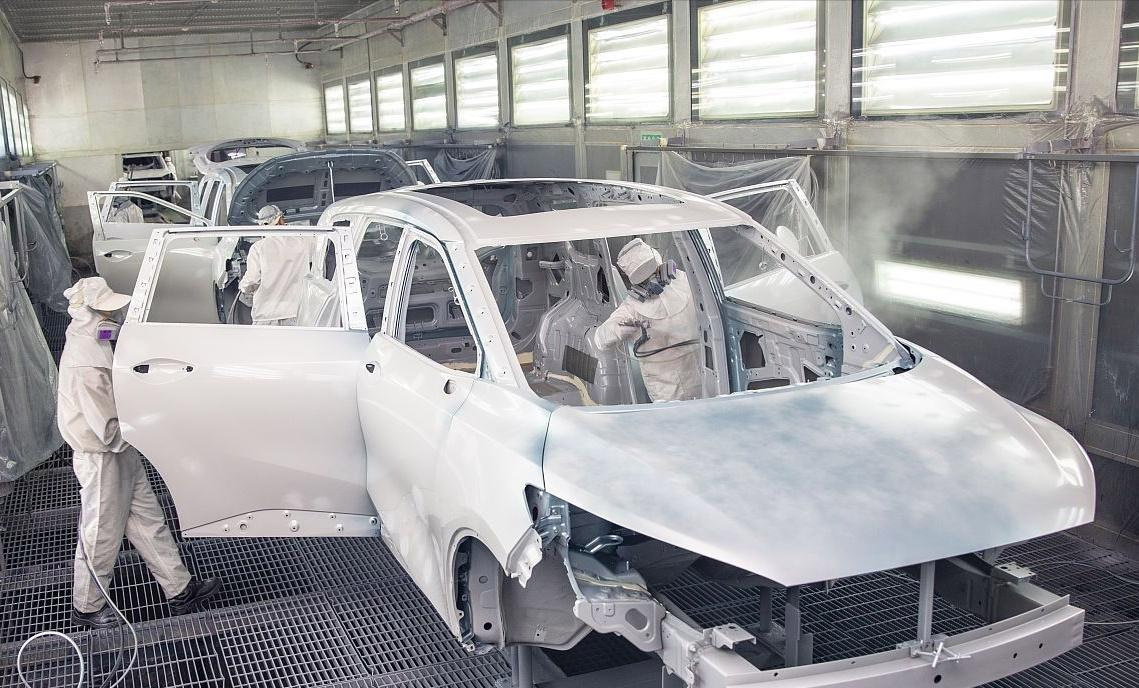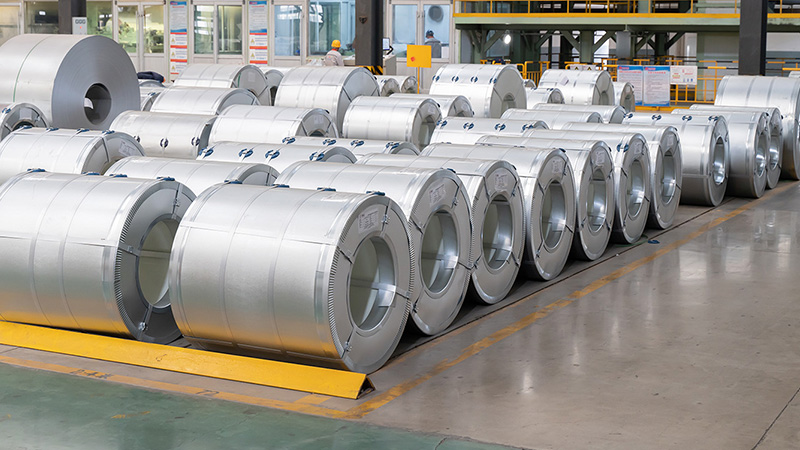Galvanized steel in steel consumption
Galvanized steel is a common and important type of steel consumption, and its consumption is influenced by various factors. The following is a detailed analysis of the consumption of galvanized steel:
1. Definition and characteristics of galvanized steel
Galvanized steel is made by coating a layer of zinc (hot-dip galvanizing or electroplating) on the surface of ordinary steel, with the main purpose of improving corrosion resistance and extending service life. Common types include:
Galvanized steel sheet/coil: used for building roofs, household appliances, automotive panels, etc.
Galvanized steel pipe: used for building scaffolding, water pipelines, power conduit, etc.
Galvanized steel/structural components: such as galvanized angle steel and channel steel, used for anti-corrosion of outdoor facilities or steel structures.

2. Consumption areas of galvanized steel
(1) Construction industry (accounting for approximately 50% -60%)
Steel structure buildings: galvanized steel beams and purlins for factories, airports, and sports venues.
Roofs and walls: Color coated galvanized sheet (galvanized substrate+coating) is widely used.
Pipelines and scaffolding: Galvanized steel pipes have become the preferred choice due to their corrosion resistance and moderate cost.
(2) Manufacturing industry (accounting for approximately 20% -30%)
Automotive industry: body panels, chassis components (galvanized sheet accounts for about 30% -50%).
Home appliance industry: refrigerator, washing machine casing (galvanized sheet rust proof and easy to process).
Power facilities: transmission towers, cable trays, etc.
(3) Infrastructure (accounting for approximately 10% -20%)
Traffic guardrails: Corrugated beam guardrails on highways are commonly galvanized.
Municipal engineering: street lamp poles, drainage pipes, etc.
3. Key factors affecting the consumption of galvanized steel
Anti corrosion requirements: In humid, coastal, or industrial polluted areas, the amount of galvanized steel used has significantly increased.
Cost and alternative materials: Aluminum, stainless steel, or new coatings may replace some galvanized steel.
Policies and regulations: Increasing building energy efficiency standards may drive demand for galvanized color coated panels.
Economic cycle: Real estate and infrastructure investment directly affect the amount of galvanized steel used.
4. Estimation of Consumption of Galvanized Steel
Global data: Galvanized steel accounts for approximately 10% -15% of total steel consumption. Taking the global steel production of 1.8 billion tons in 2022 as an example, the consumption of galvanized steel is approximately 180-270 million tons.
China's annual production of galvanized sheet and strip exceeds 60 million tons (including exports), accounting for about 40% of the global total.
5. Environmental Protection and Sustainable Development Trends
Zinc resource limitation: Zinc ore reserves are limited, and the galvanizing process needs to consider recycling and utilization.
Chromium free passivation technology: environmental requirements promote the improvement of post-treatment processes for galvanizing.
Lightweight design: The automotive industry uses high-strength galvanized steel plates to reduce thickness and weight.
6. Future prospects
Driven by emerging markets: The growth in infrastructure demand in Southeast Asia and Africa will increase the consumption of galvanized steel.
Technological innovation: Magnesium aluminum coating (such as ZAM) may partially replace traditional galvanizing.
If more specific industry data (such as unit consumption of automotive galvanized sheet) or regional analysis (such as China vs Europe and America) is needed, further clarification can be provided.




 English
English